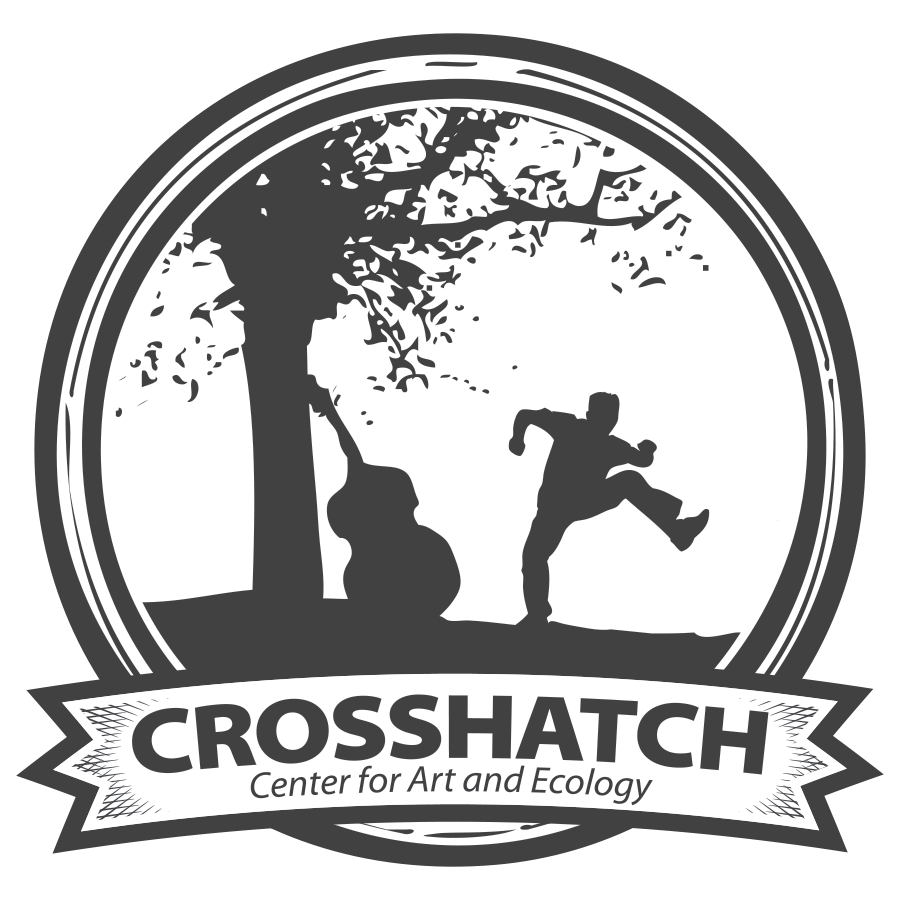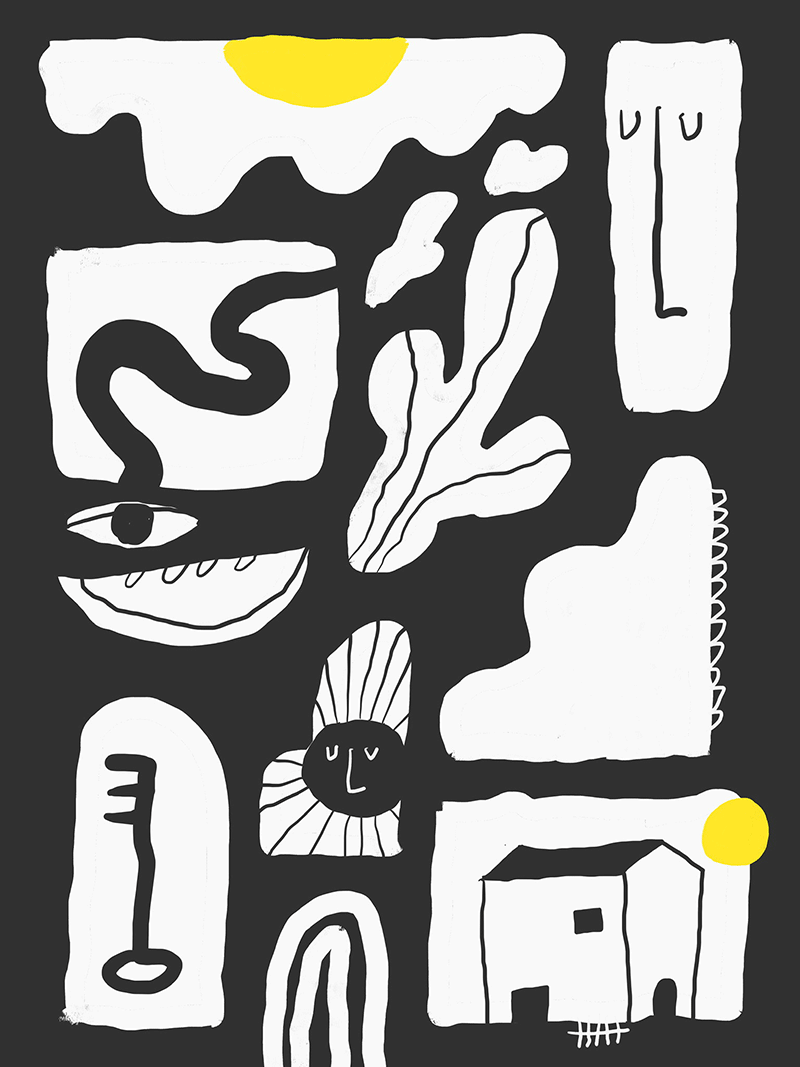Untitled 1
Image 2
Image 3
Digital Design
artist: Roger Alan Amundsen
In this issue: David Coveyou's Geothermal Tour, Russian Natural Gas, Jean Pain’s Alternative Energy System, and “The Particularities of Place.”
Is there a way to handle heating and cooling more efficiently and cost-effectively?
Coveyou Scenic Farm Market, Petoskey, MI. A Virtual Geothermal Tour.
Click above to watch!
The Warp — Ideas and Inspiration
|| 1 || Should we be concerned about efficiency? Well. According to the New York Times, sanctions on Russia due to the invasion of Ukraine led to retaliation—a limited flow of Russian natural gas to the rest of Europe. The region relies heavily on this resource, both for winter heating and to keep factories running. The crimped supply is driving prices up quickly, pushing governments and corporations to seek out alternative arrangements, including forcing shuttered power plants back online.
Currently, natural gas costs in the United States are about a seventh of what they are in Europe. Supply turmoil abroad could, however, spike U.S. prices of natural gas and electricity, according to Amos Hochstein, the United States’ presidential coordinator for global energy. I’m not convinced that concentrating efforts on extracting domestic gas more aggressively in order to keep prices down and ensure energy stability is a viable long-term plan. This look at the response of the Netherlands offers an alternative vision—while there may be significant supplies of natural gas available, those fields are considered a last resort, because drilling causes earthquakes. What, though, has allowed for the resting of those fields? Ramping up liquefied natural gas imports, boosting coal-fired plants, and, to a lesser extent, production from wind and solar energy, as well as a movement for people and companies to consume less.
|| 2 || Jean Pain’s alternative energy setup, chronicled here in an old Reader’s Digest, seems too good to be true. The French inventor developed a system in the 1960s: a large, coppice-derived pile of wood chips, which produce and capture methane as they decompose, which Pain used in myriad ways: to heat and light his home, heat his water, cook with, and fuel a truck. This seemingly simple setup involved many facets of intricate engineering. Most of these “keys” to smooth operation are briefly mentioned in his self-published book, but are not well documented, nor replicated.
That said, a number of folks are working to create systems similar to his. This two-part example from Leeds, U.K., showcases a DIY design to passively heat a small cold-climate greenhouse using a Jean Pain-inspired setup. Sean Dembrosky, in New York’s Finger Lakes region, is working on improving his own similar arrangement. And this video from Montreal, Canada, presents larger-scale DIY trials, which resulted in an impressive indoor fruit tree nursery, along with valuable takeaways for passive solar design. In 2014, I had the chance to visit Strawbale Studios, just north of Detroit, where, at the time, Deanne Bednar was experimenting with heating a small straw-bale structure with a large compost pile. I never heard what came of it, but I’m curious. Still interested in concepts like this? Well, here are some plans for a DIY biogas setup.
These projects are interesting at the individual scale, compelling at the community scale and seem to make sense at the national scale, but can end up with new negatives as they try fit the round hole of the industrial economy—so much so that the positives are outweighed. The risk of scaling these projects is that they end up raising demand to the point where they are no longer about reusing a scrap resource, locally sourced and considered, but actually driving new, often geographically distant, extraction.
|| 3 || The irony of technology and place. Wilfred M. McClay’s essay, The Particularities of Place, associates Gertrude Stein’s loss of her childhood home in Oakland and Verlyn Klinkenborg’s reflections on the closing of a neighborhood Korean market with the difficult phenomenon of “place” becoming “space”:
…the transformation of a setting charged with human meaning, a place, into one from which the meaning has departed, a mere space…
Technology’s relationship to this shift is complicated. While the essay casts technology as one of the main culprits causing these all-too-common transitions, adopting technological innovation was precisely what allowed the Coveyous (remember them from the video at the beginning of this newsletter?) to keep their multi-generational, in-the-family-since-the-1870s, farm viable. Geothermal and solar engineering paved the way for their farm to fit McClay’s description of a durable “place”:
Furthermore, what makes a “place” durable is not merely a loyalty to its past, but the vitality of its present, and the promise of its future. Far from being static, a “place” must be a node of continuous human activity: political, economic, and cultural. These are the forces that make a living “place” different from a museum. A living “place” has to offer scope for the creative energies of its people.
McClay understands this irony.
For better or worse, a wholesale rejection of modernity is simply not a serious option for us. Instead, we should seek to discover how, given the American people as they are, and American economic and social life as it now exists — and not as those things can be imagined to be — we can find means of resisting the steady homogenization of the world, and of cultivating a strong sense of place wherever we find it.
While I wish McClay’s essay extended consideration to the more-than-human-world that scaffolds meaningful and grounding places, I appreciate his words.
The Weft — News and Events
|| 1 || Six ways to get involved with Crosshatch projects
First: we’d love to hear about other artists we should feature in our newsletter. Drop Brad an email at brad@crosshatch.org with the name and website of artists you think would be a good fit. We have a preference for actively working artists with a tie to our region.
Second: we’re also welcoming guest authors for this project. If you’d like to write something for The Whole Field, or have some existing work that would be a good fit, email Brad. Submissions should run between 800 and 1600 words, give or take.
Third: we’re welcoming sponsors for the newsletter. Putting this little missive out into the world takes a whole lot of time, which means a lot of money too. We’d love to work with you to support the newsletter and help you reach an audience that cares about the work you are doing in the world. More information will come soon, but you can get a head start by contacting Ross at ross@crosshatch.org and letting him know if you are interested.
Fourth: are you running a land-based project (or thinking about it)? We’re at the early stages of building a Great Lakes Network of Land-Based Projects. What is that?
A definition: Land-based projects (LBP) are projects integrated into the surrounding ecological and social environment, run by communities, smallholdings, farms, organizations, or businesses, and that encompass more than a single building or service.
This broad definition includes music festivals, land-based artist residencies, and folk schools; education centers, nature centers and research stations, eco-villages, ecological housing projects, intentional communities, and co-housing—or even individual co-op housing projects that are situated in a natural landscape or integrated into the larger community; commons-based projects, including community gardens, farms and orchards; retreat centers and camps; and farms with a strong public component.
If this describes you or your dreams, check out our new survey.
Fifth: we’ll be hiring soon! As fits our recent hiring pattern, we’ll be looking for someone brilliant to run programming for our organization, with twin specialties: events coordination (both in-person and lots of diligent digital work too), and some communications, helping to implement our new marketing plan and supporting this newsletter.
Sixth: we’ll be hiring soon! Which is to say, The Alluvion will be hiring a general manager/program director. I can’t wait to meet this person.
Keep an eye on this newsletter, general Crosshatch emails, and socials from Crosshatch, the Northern Michigan Small Farm Conference and The Alluvion for the listings when they come!
|| 2 || Upcoming Preservation Station Event: Save the Scraps! Join SEEDS staff and partners to learn about multiple methods to save food scraps to incorporate into delicious dishes, as well as how to preserve the abundance of harvests for yourself and your community. Stretch your food budget while reducing carbon emissions. Held at Historic Barns Park, Thursday, August 25th, 3-6pm. Requires NMC registration here.
|| 3 || Update on the Alluvion. We did it! A huge thank you for supporting art in our community. Your contributions put us way over our goal, meeting our stretch goal of $65,000. Unlocking two matches means that we raised a total of $130,000, with a whopping 222 donors.
Thank you again for saying YES! Read more about the project here.
Copyright (C) 2022 Crosshatch. All rights reserved.




